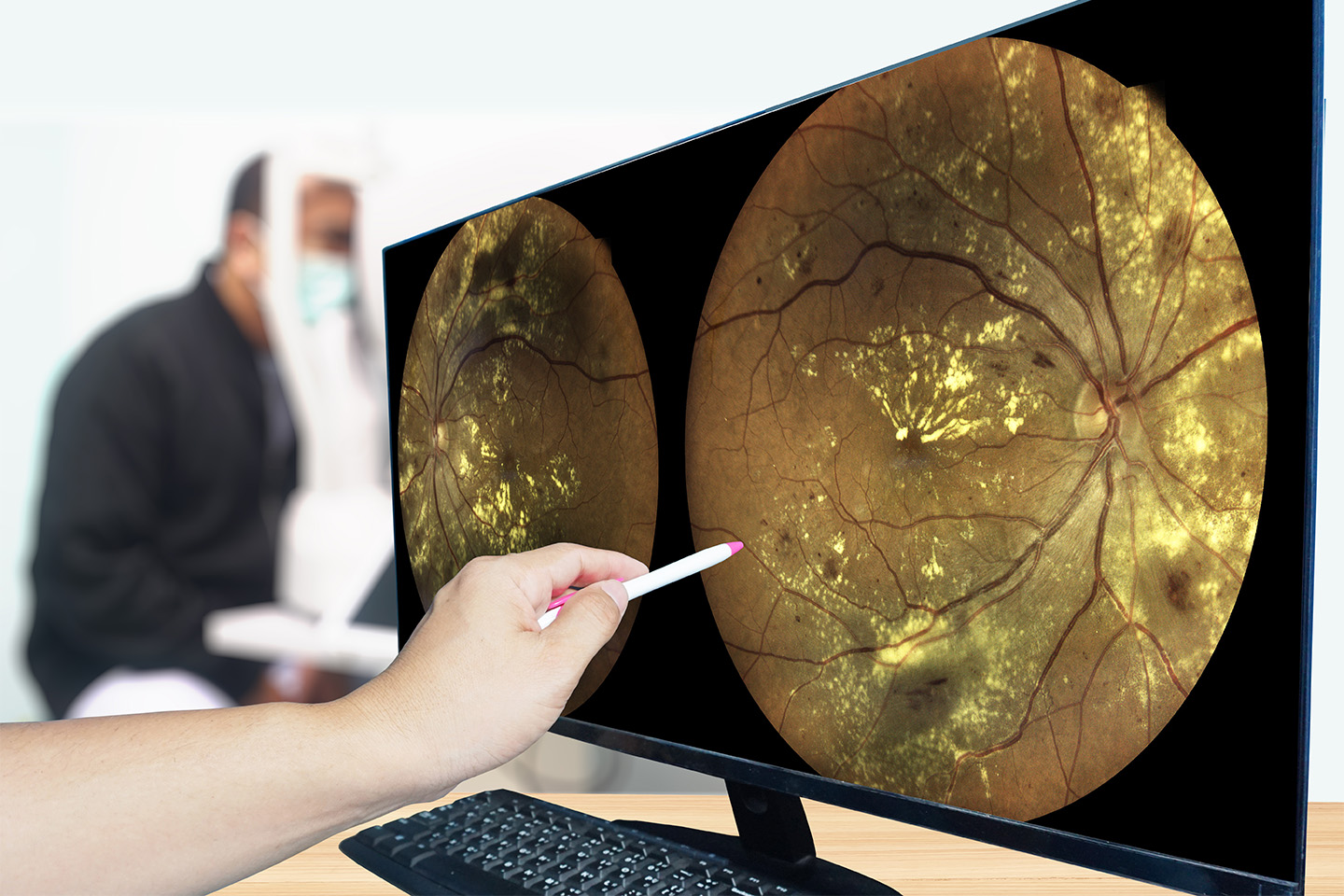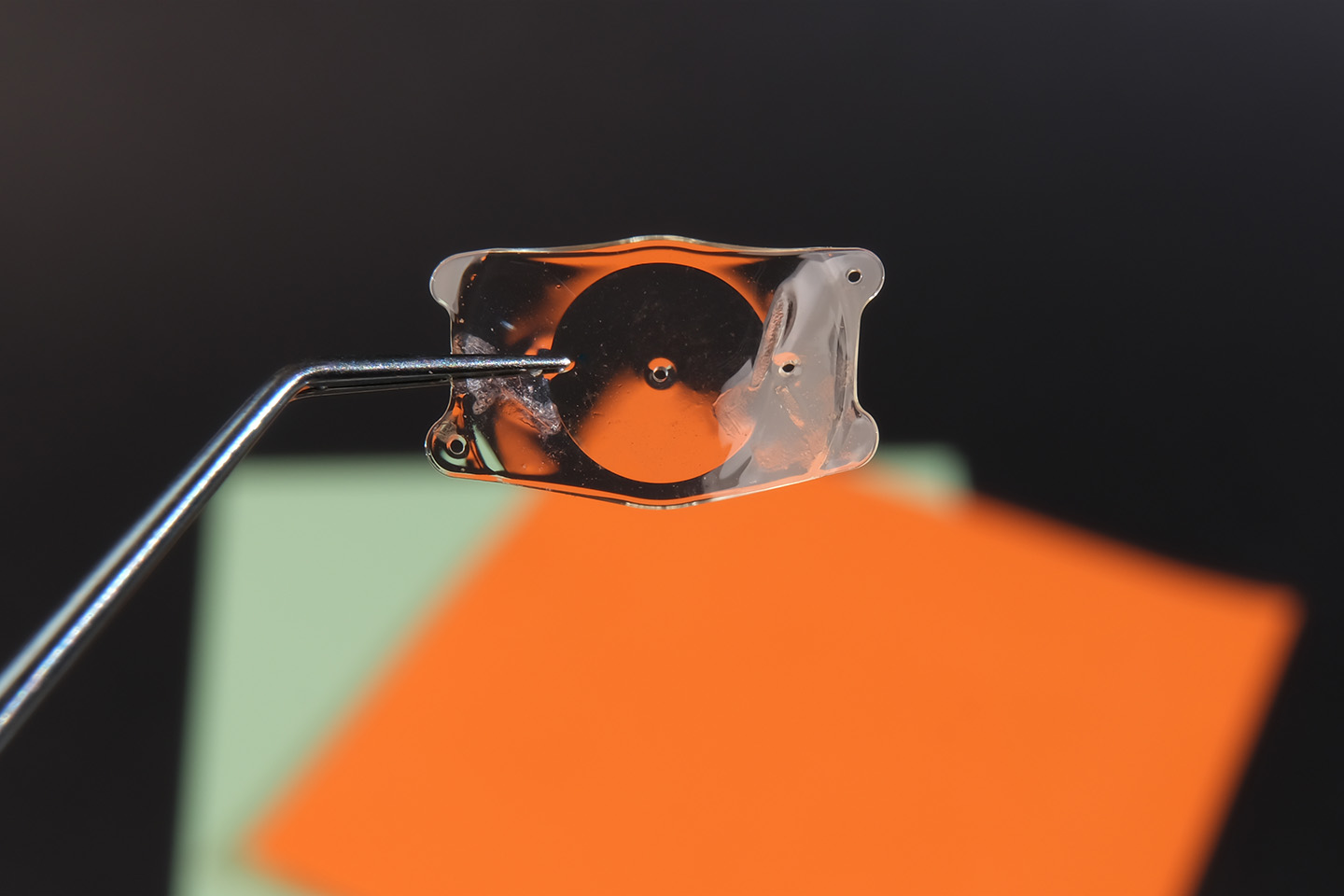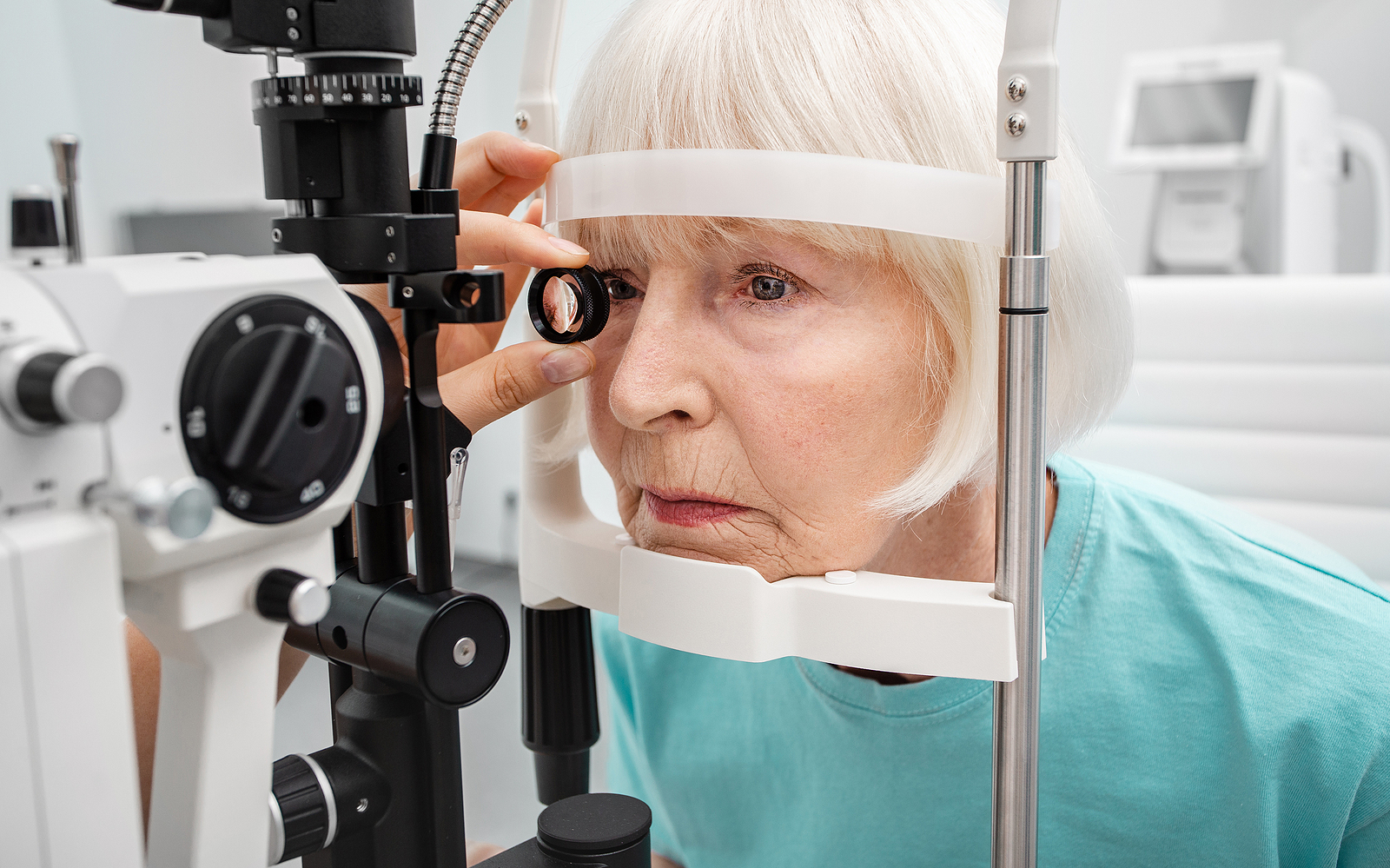What Is a Pterygium and How Is It Treated?

Also known as “surfer’s eye,” a pterygium is an abnormal growth on the eye that can affect anyone who spends a lot of time outdoors.
Pterygia (surfer’s eye) commonly strike not only surfers, but anyone who is frequently exposed to harsh sunlight, wind, and dust. Often seen in people between the ages of 20 and 40. A pterygium starts as a fleshy bump on the conjunctiva of the eye. The eye’s conjunctival mucous membrane protects and lubricates the front part of the eye and lines the inside of eyelids. A pterygium occurs when the conjunctiva starts growing abnormally and often shaped like a wedge causing bumps which can spread over the front of the eye. These bumps typically appear on the inner side of the sclera, the thin tissue covering the white of the eye.
Though noticing a bump on your eye can be alarming, pterygia are benign growths and noncancerous. Most people experience only mild symptoms from a this growth, and the condition is treatable with medication or an outpatient pterygium surgery. An eye care specialist can diagnose the growth and recommend a treatment plan.
Causes and Symptoms of Pterygia
The odds of developing a pterygium are increased by overexposure to ultraviolet light rays from the sun, which is why the condition is commonly found in surfers. Not only is UV light a factor in growths but those who are exposed to pollen, sand, smoke, wind, and dusty environments on a regular basis can be at high risk for a pterygium on the conjuctiva or mucous membrane.
Affected patients often experience a burning or itching feeling in their eyes, sometimes accompanied by the feeling that an object is stuck in their eyes. The affected eye often takes on a pink or reddish color. The growth typically starts at the cornea and can slowly grow causing vision complications, like blurry vision or double vision. For those who wear contacts for vision correction may not be able to due to discomfort. Certain contact lenses can be worn to protect the pterygium from further UV light, wind, dryness and anything that could cause further growth or discomfort.
Pterygium Treatment
Pterygium treatment depends on the size of the growth. Treatment isn’t required unless the abnormal growth is causing a severe discomfort or affecting your vision. There is more than just one treatment option or effective technique for treating an affected pterygium. An ophthalmologist can determine whether surgical treatment is necessary or not. The eye doctor may use a special microscope called a slit lamp to examine the growth and decide the right course of action.
Pterygium Treatment Without Surgery
Treating a pterygium can be done without surgical removal. Smaller growths are usually treated with artificial tears to lubricate the eyes or mild steroid eye drops that counteract redness and swelling. During the healing process, a special contact lens can also be placed over the eye to offer protection from UV rays and other irritants. Medications for the eye can make a significant difference in irritation and swelling but surgery is required for the removal of the pterygium if causing discomfort and vision complications.
Surgical Treatment
If more conservative treatments fail to lessen its symptoms, your doctor may recommend a tissue graft surgery. Two common surgical procedures are an amniotic membrane transplant (AMT) or conjunctival autograft surgery (CAG). In a conjunctival autografting surgery, tissue from another part of the eye and some limbal tissue is used to cover the area in which the pterygium is located.
A pterygium recurrence is relatively high even after a surgical excision. A recurrent pterygium can be worse than the initial primary pterygium. An amniotic membrane transplantation can help decrease the recurrence rate of a pterygium by reducing inflammation and scarring.
By surgically grafting tissue from the sclera onto the area of a previous pterygium, the odds of a recurrence are reduced. Applying a topical medication like mitomycin C (which inhibits abnormal tissue growth and scarring) is another approach to preventing a recurrence.
After a pterygium excision, patients are advised to wear an eye patch during the first day or two of the recovery period. In general, patients should be able to return to work the day after surgery. As the eye recovers in the several months following surgery, patients should apply steroid eye drops to reduce inflammation. Because of the risk of recurrence, pterygium patients are closely monitored for a year after surgery.
There are several common surgical techniques used for pterygium removal but most removal procedures last about 30 minutes. Patients should be aware that this type of surgery sometimes induces or exacerbates astigmatism.
Preventing a Pterygium
To diminish the odds of developing a new or recurring pterygium, it’s important to take precautionary measures. Those who spend many hours in the sun are at an especially high risk of developing a pterygium, and should make a concerted effort to wear sunglasses to block out harmful UV rays.
Do You Have a Pterygium?
If you suspect you have a pterygium, consider reaching out to the eye care specialists at Swagel Wootton Eye Institute. We have extensive experience diagnosing and treating this condition. We can help identify and treat your pterygium, either through therapy or surgery.
You can continue your normal activities and have fun! Don’t let a pterygium spoil your summertime. Contact us to schedule an appointment today at our Mesa and Chandler locations.
[DISPLAY_ULTIMATE_SOCIAL_ICONS]








